Why and How to Find Unusual Locations and Subjects to Photograph
Photography isn’t all about technical craft and Photoshop. Taking unique pictures requires being in great situations, in great locations, or around great people. You could be the most skilled photographer in the world, but if you never leave the confines of your bedroom, you’ll quickly run out of any unusual and captivating subjects.
Why
Photography suffers from the same problem prevalent in all forms of art: Everything’s been done before. You might have the means to take an exceptional closeup photo of a human eye that ends up looking really cool, but you could look up “eye” on Google and find tens if not hundreds of thousands of equally appealing photos taken from people just like yourself.
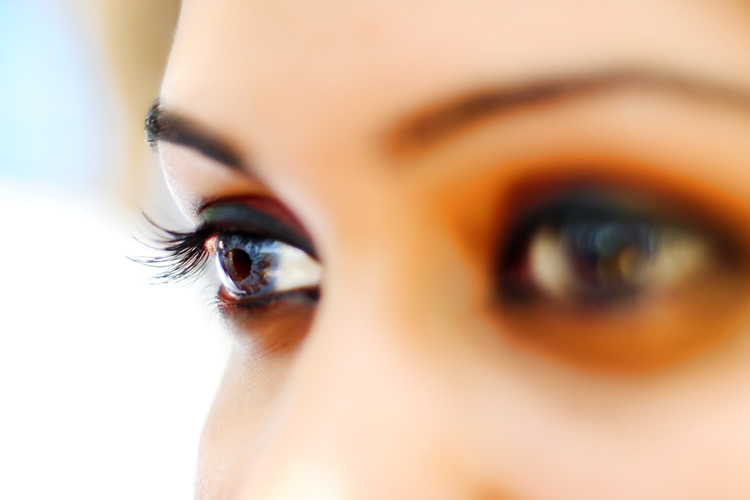
image by Ahmed Sinan
Thanks to the internet and advances in camera and lenses technologies, there are more photographers sharing and spreading their images faster and on a wider basis now than ever. So, as a photographer essentially competing with all other photographers for the public’s attention and / or money, you have to find ways to separate yourself from the nameless masses. One large component to this is knowing how and being able to market yourself and your products well, but that in itself doesn’t really depend so much on the quality of your skill as a photographer, though it’s still certainly a very useful skill to develop, and one that’s necessary if you want to profit from your photography.
But many times, if your images are successful, the marketing can do itself just through sheer word-of-mouth.
And as touched on in the beginning, to take a picture that’s not only aesthetically perfect but also unique and interesting requires being in a situation or environment that hasn’t been photographed many times before.
Such locations and subjects to work with do not necessarily have to be difficult or inaccessible to the layman photographer with no professional funding. Every city will have some lovely looking scenes to film, and it only takes a bit of research and effort to find them.
Explore
A good photographer will have to have an active lifestyle. The amount of movement a photographer makes is just as high as his models’, but a photographer who might like to explore will need to have more stamina. Exploring almost always means walking; a car will only take you so far. If you’re looking to find some places where few people have been to and filmed, you’re going to have to walk a lot, and this isn’t always the easiest when you’re lugging around a tripod, a strobe flash, and extra lenses.
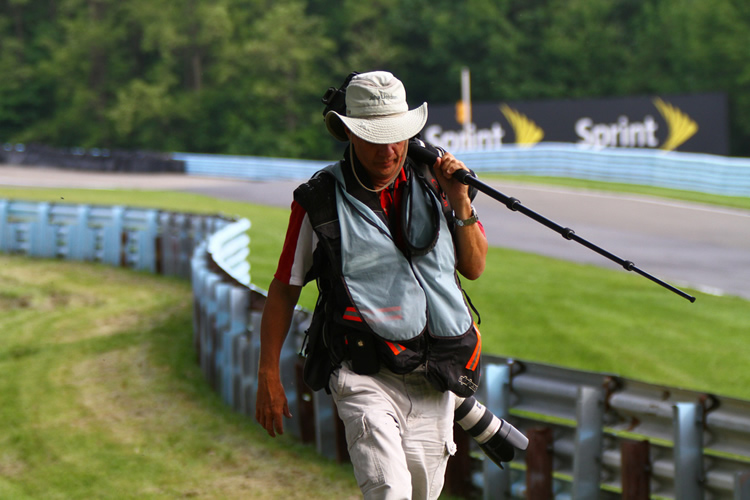
image by Chris Waits
Online research will only lead you to places that have been already found and documented by many others. Google Maps in street view can be a useful tool for scoping out locations, but only if the places have already been photographed and documented, and if you’re looking for unusual, unique settings they won’t be.
Exploring means walking off and past the trail that’s been put in front of you
Nature trails offer a lot of scenery and lovely images all in one put-together path, but chances are that you have to deviate from the nature path to find the most interesting subjects and scenes that have been photographed the least. Of course, there’s a reason they paved a trail in the first place, and that’s to provide you with an easy and accessible way to navigate the environment, but you might find something really interesting to shoot that hasn’t been photographed before.
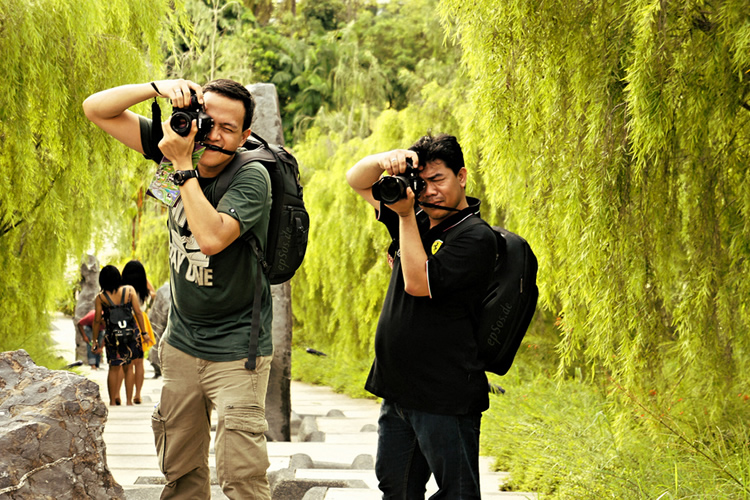
image by epSos .de
Beyond being active enough to actually hike fire distances, you need to be properly equipped and dressed to explore. Comfortable, warm clothing and walking shoes are a must, and you also need a bag you wouldn’t mind carrying around for some time to store all your camera equipment and accessories. Adventuring to find an exotic, offbeat scenes does require a bit more fatigue and effort on your part, but you could come across many fantastic opportunities for great-looking images that few people have had the chance to take before.
Internet Sites and Forums
There are some great resources on the web that, despite their public availability, still can definitely help with discovering some good subjects and locations to shoot in. There are plenty of forums and blogs dedicated to things like urban exploration, nature, photo communities that are more unconventional than usual.
You should start by searching through the official website of your city or any good travel websites that have specific pages and information on your city. For cities with large populations or ones that are big on tourism, there’ll be travel website and blogs dedicated solely towards your city. The information on these sites may be widespread because of their popularity and accessibility, but they’ll still provide you with some very good ideas for locations to start off with.
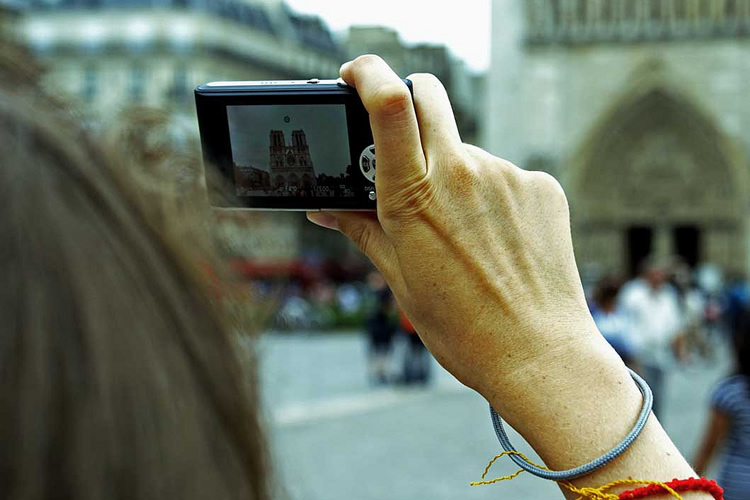
image by Ktoine
Then you can start searching through smaller, more specific websites where you might be able to find some ideas that are more unique and interesting than the conventional, historical locations listed on travel and government websites. There are many great communities and forums where photographers can go and post their photos that might give you some inspiration to work with.
One of the largest image sharing communities on the web, Flickr, has some very powerful searching and sorting features. Within Flickr, you can search tags for your specific state, city, or neighborhood, and you’ll see photos uploaded that have those tags listed. Flickr’s community has a very talented and diverse pool of photographers, many of whom are willing to explore and document their findings, so you’ll certainly find a wide variety of photographic locations and ideas there. Because there are so many people using it, it’s also one of the best ways to gain exposure for your work.
An even better resource is National Geographic’s Your Shot community. Your Shot has a very exceptional community of photographers. You can search for photos of every variety of subject in any location, and you can interact with photographers in more specific groups and communities.
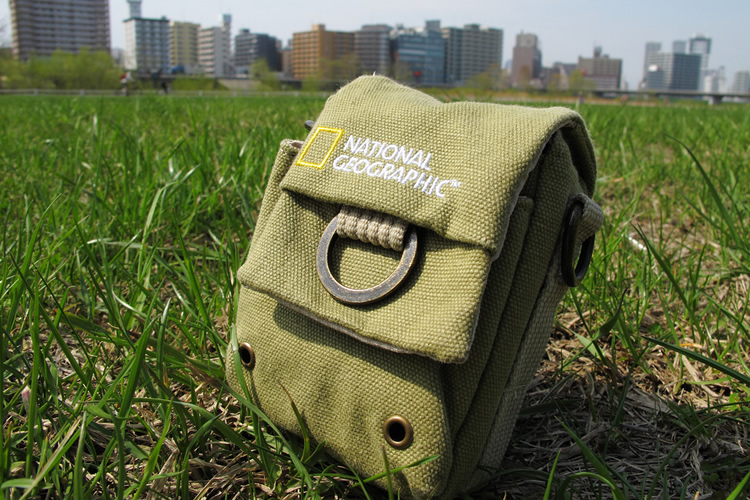
image by MIKI Yoshihito
National Geographic picks 12 of their favorite user-submitted photographs everyday to be featured on the site, which can be a great source of inspiration; because Your Shot is such an exceptional and dedicated community, there are very extraordinary pictures being uploaded almost nonstop.
Geocaching
Geocaching will benefit your photographic inspiration in the same way exploring and hiking will. Geocaching is just that actually, but it’s a bit more interesting, and oftentimes more rewarding.
Geocaches are containers left by other geocachers that have some good placed in it by the person who left it. Geocaching is basically treasure hunting, and GPS is always used for navigation.
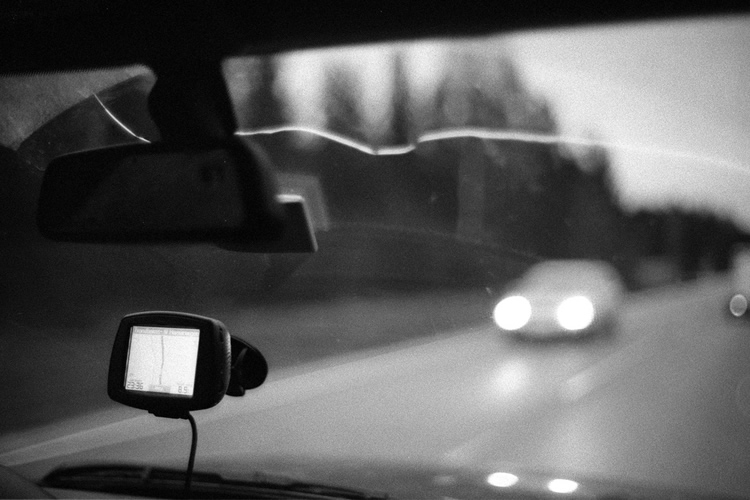
image by Aslak Raanes
A typical geocache will be a small, waterproof container with a log book, a pen, and items that can be traded. Once found, the coordinates and other information about the location are posted in a geocaching listing site that other geocachers will then seek out. The items can be taken from the geocache as long as the taker leaves goods of his own; this is geocache trading.
The official geocaching website can be found at Geocaching.com. While it’s certainly a very entertaining and fulfilling hobby, it also provides you with plenty of unusual and rare locations to explore, along with an incentive to do so. If you bring your camera along, you’re bound to find many interesting things and places to photograph, and you’ll even get a reward for doing so. Oftentimes, people may find trying to find and explore locations with no sense of guidance or direction pretty daunting, but geocaching makes exploration more accessible and rewarding in many ways.
Conclusion
With these ideas in mind, you’ll definitely be able to find some interesting pieces and settings for your pictures. Remember, it’s always good to take inspiration from great images you find, but you should try and develop and refine your own style because having a unique style is the best way to make yourself stand out amidst the sea of every other photographer. And don’t be afraid to just explore and find things out on your own, within reasonable measures of course.
